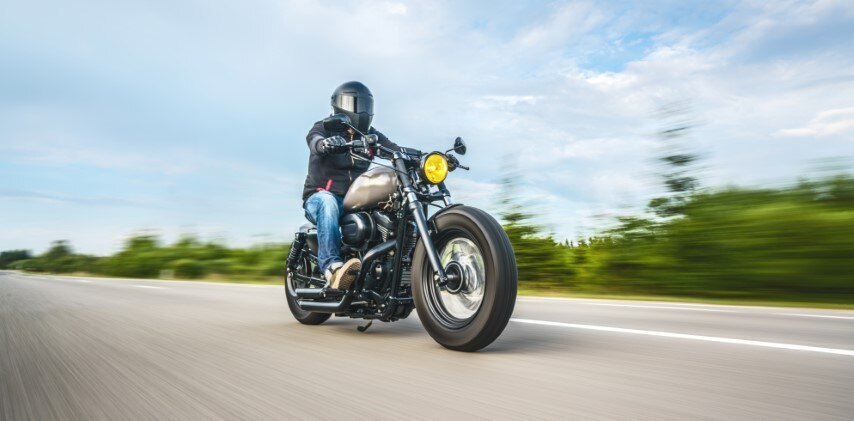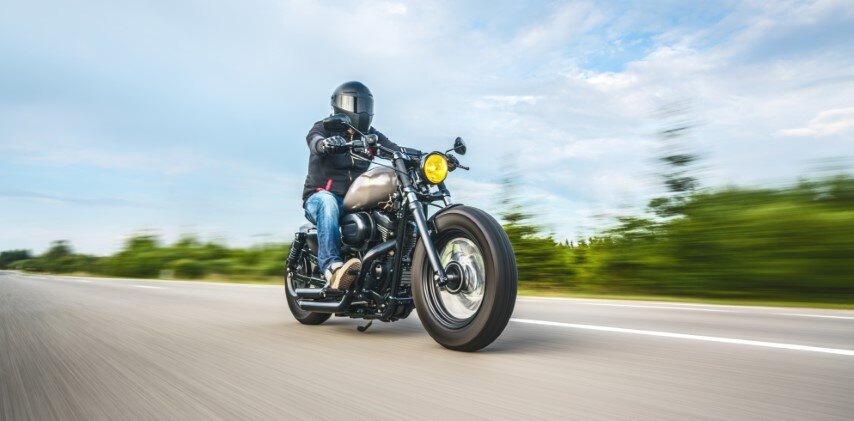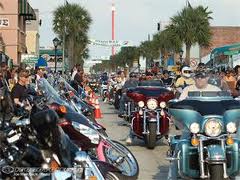The Biggest Fuel Problems Facing Motorcyclists
Registered motorcycles in the United States number around 10 million. And it’s a popular pastime, judging from the yearly increase of 500,000 bike...

A new motorcycle’s breaking-in period lasts for about the first 500 - 1000 miles on the road. This procedure is typically what manufacturers and enthusiasts call the technique for operating the bike when it is new.
 During this process, the internal friction in the engine is at its highest since the components are new and have not been “bedded in.” Once the motorcycle reaches its first 500 to 1000 miles, the reduction in friction is significant. Manufacturers believe that a properly broken-in motorcycle will have lower emissions and better fuel economy, performance, and engine longevity.
During this process, the internal friction in the engine is at its highest since the components are new and have not been “bedded in.” Once the motorcycle reaches its first 500 to 1000 miles, the reduction in friction is significant. Manufacturers believe that a properly broken-in motorcycle will have lower emissions and better fuel economy, performance, and engine longevity.
In addition, other key components will also work better and longer.
Upon buying a new motorcycle, riders search the Internet high and low for the proper technique for breaking in their bike.
They are searching for a break-in method that is better than the one the bike’s manufacturer outlines in the owner’s manual. It sounds crazy, but if there were a better way to break in your new bike, the motorcycle’s manufacturer would know about it.
Many self-professed motorcycle break-in experts state that the best way to break in a bike is to ride it as if you stole it. This is a terrible idea. Since tolerances are close, metal parts wear off and make their way into the engine oil. Running flat-out for a long time could clog your oil filter with metal shavings that might migrate into the engine.
The “other” method is much more aggressive than the manufacturer’s suggested break-in. In fact, to follow this other method, you will need to find a racetrack.
The best procedure for breaking in your new motorcycle is the one included in your owner’s manual. Before the manufacturer shipped your new bike, the quality control folks put it on a dynamometer and they had the bike heated and running. This is the first step in breaking your bike in and it is a good one.
While each manufacturer might vary slightly in their break-in recommendations, they are generic for all new bikes.
Poorly broken-in bikes will see mediocre gas mileage and lower performance. It is possible those bikes who used the other method or didn’t properly break in their motorcycle, will find themselves in the repair shop more often than one that was broken in correctly.

Registered motorcycles in the United States number around 10 million. And it’s a popular pastime, judging from the yearly increase of 500,000 bike...

In an effort to reduce the nation's dependence on foreign oil and produce cleaner fuel for the environment, many gas suppliers are supplementing...

1 min read
If you google "oil additives for motorcycles", you'll find tons of links to various products by a hundred different manufacturers. They make similar...